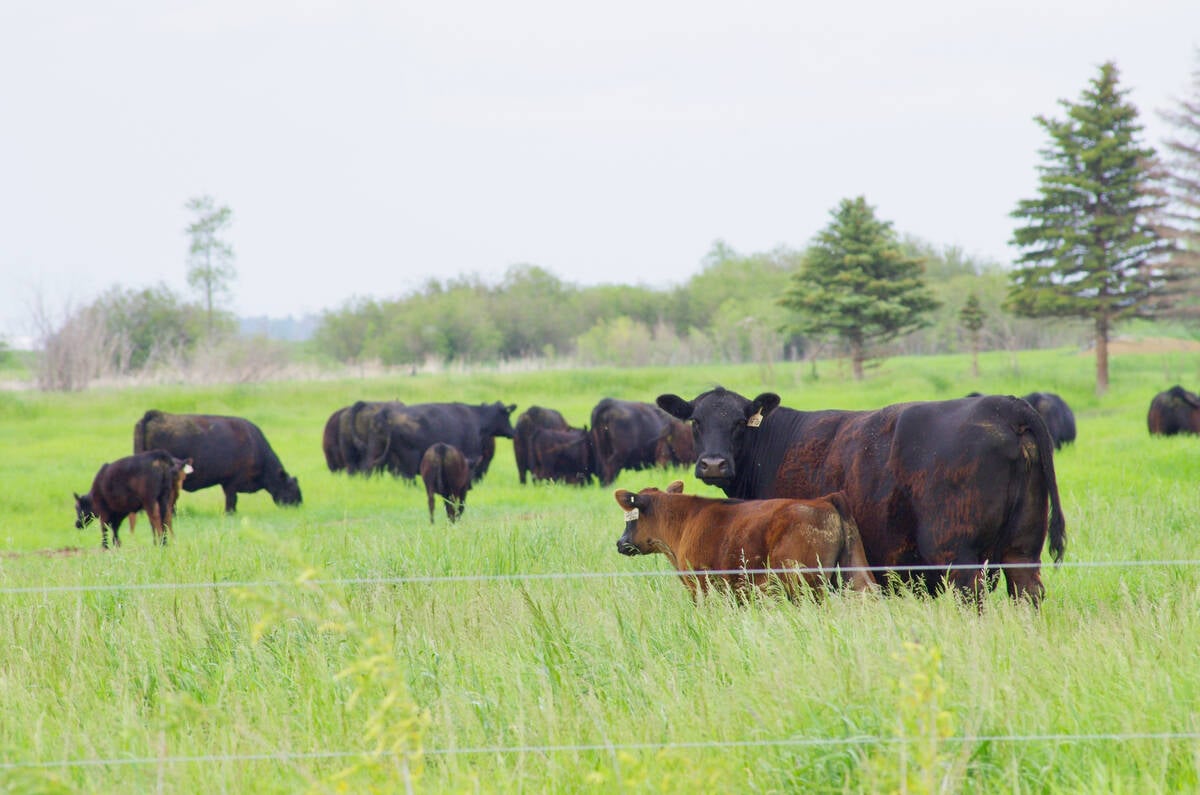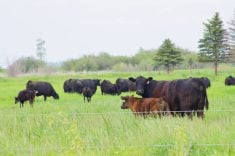Cattle producers who need to decide what forages to plant for grazing on their farms should start doing their homework now rather than waiting for spring.
Otherwise, they might have a hard time finding the seed they want and could wind up planting forages that are not well suited to their needs, says Jane Thornton, a range and pasture management specialist with Manitoba Agriculture.
“What I find is I’m most busy in June after it’s almost too late to seed,” Thornton said during the Manitoba Grazing School in Brandon on Dec. 8.
Read Also

Tick research from the University of Manitoba focuses on insects and testing
Manitoba researchers are looking into the effects of tick and fly disease in cattle.
“Guys are making rash decisions on what they should seed and they take whatever the seed companies have left over. I don’t think that’s the way to go.”
Producers have many legume and grass species to choose from. With proper homework, they typically will find that only about seven main species are suited to their individual farms.
To make the right selection, producers should review the adaptability of the various species while taking into account what their role will be on the farm, Thornton said.
Forages adapt differently to drought, flooding, internal soil drainage, pH, salinity and fertility. Some are adapted for a wide range of conditions while others have a more specific fit for saline areas or areas prone to flooding.
A farm’s rainfall, temperature, length of growing season and harshness of winter also should be taken into account, Thornton said.
“There’s no place that forages have to put up with more severe and long winters than they do here across the Prairies.”
Provincial forage adaptation and comparison guides are available to help with that review.
However, a forage should not be chosen only for its adaptability. Producers also need to consider the intended use. For example, will the forage be grown for hay or pasture? If it is needed for pasture, at what time during the grazing season will it show the most productivity and does that mesh with the farm’s grazing scheme?
“If you really want to extend your grazing season, don’t try to pick a species for everything,” Thornton said. “You should be thinking about what do I have for the spring, what do I have for summer and what do I have for fall, because they’re all different.”
By making decisions based on adaptation and use, producers are more likely to get high yields and greater longevity from their forage, she said.
















